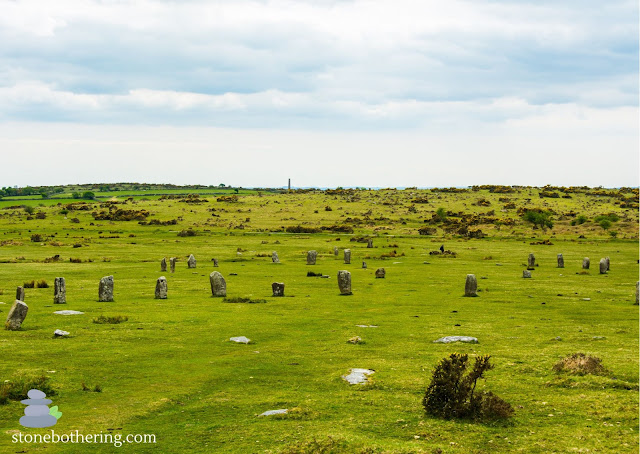Preservation or Exploitation? The Dark Side of Heavily Restored Ancient Sites in Peru
.jpg)
Peru is a land of rich history, brimming with ancient civilizations that left behind monumental structures like Machu Picchu, Sacsayhuamán, and the Nazca Lines. These sites attract millions of visitors from around the globe each year, drawn by the allure of a civilization long gone but whose legacy remains. The dramatic beauty of these ancient ruins is breathtaking, but beneath the surface of these so-called "heavily restored" sites lies a complex and often troubling truth: a dark side to the preservation efforts that many tourists may not see. The Restoration Dilemma: Balancing Preservation and Authenticity In an effort to maintain these sites for future generations, Peru has invested heavily in their restoration. While some of these efforts are necessary to protect fragile structures from natural decay, they often involve significant alterations to the original sites. The aim is to create a vision of these ancient structures that may not entirely reflect their original stat...
.jpg)
.jpg)

.jpg)

.jpg)
.jpg)
.jpg)

.jpg)
.jpg)
.jpg)
.jpg)